Machines for seeing with...
Prunella Clough, Shiwen Wang, Barbara Wesołowska, Nora Zielinski
2–30 September 2023
In a notebook of Prunella Clough’s from 1987, she scribbles ‘deliquescent’ under a loose sketch of an ice lolly. It’s a word most commonly used in science to describe the liquefaction or dissolving of a substance, but for Clough it underpins the reducing of forms she’s become renowned for, author Margaret Garlake noting that ‘to see through Prunella’s eyes is to experience a kind of alchemy’. The painters included in ‘Machines for seeing with...’ also handle paint in distinctively experimental ways: Shiwen Wang sharing Clough’s appreciation for rendering abstracted shapes in speckled, impasto oils, whereas Barbara Wesołowska and Nora Zielinski forge figures whose faces augment behind washes of chemical solvents.
Paintings, said Clough ‘are made from many such events, rather than one; and in fact its sources are many layered and can be quite distant in time, and are rarely if ever direct’. On writing about Clough, her friend the critic John Berger distinguished that ‘above all, she is interested in the material, the density, the tactile feel of the objects she paints’. This fixation for the manifold textures of paint unites the four painters, each artist intuiting an acute understanding of their medium’s density as it dries. They share an ability to see through paint as if it were layers of glass, forms building up over earlier revisions, or faces peering from behind; spectral apparitions. For them, painting is an instinctive performance of decisions, their brushes the conduit for resolving, erasing, emptying, rearranging or flattening marks made in the moment. The exhibition’s title Machines for seeing with... is a remark made by artist Patrick Heron, who understood that Clough’s paintings attune our eyes to viewing the world anew. The paintings that accompany hers can be viewed under a similar adjusted focus, dispelling what’s familiar under the weight of imagination.

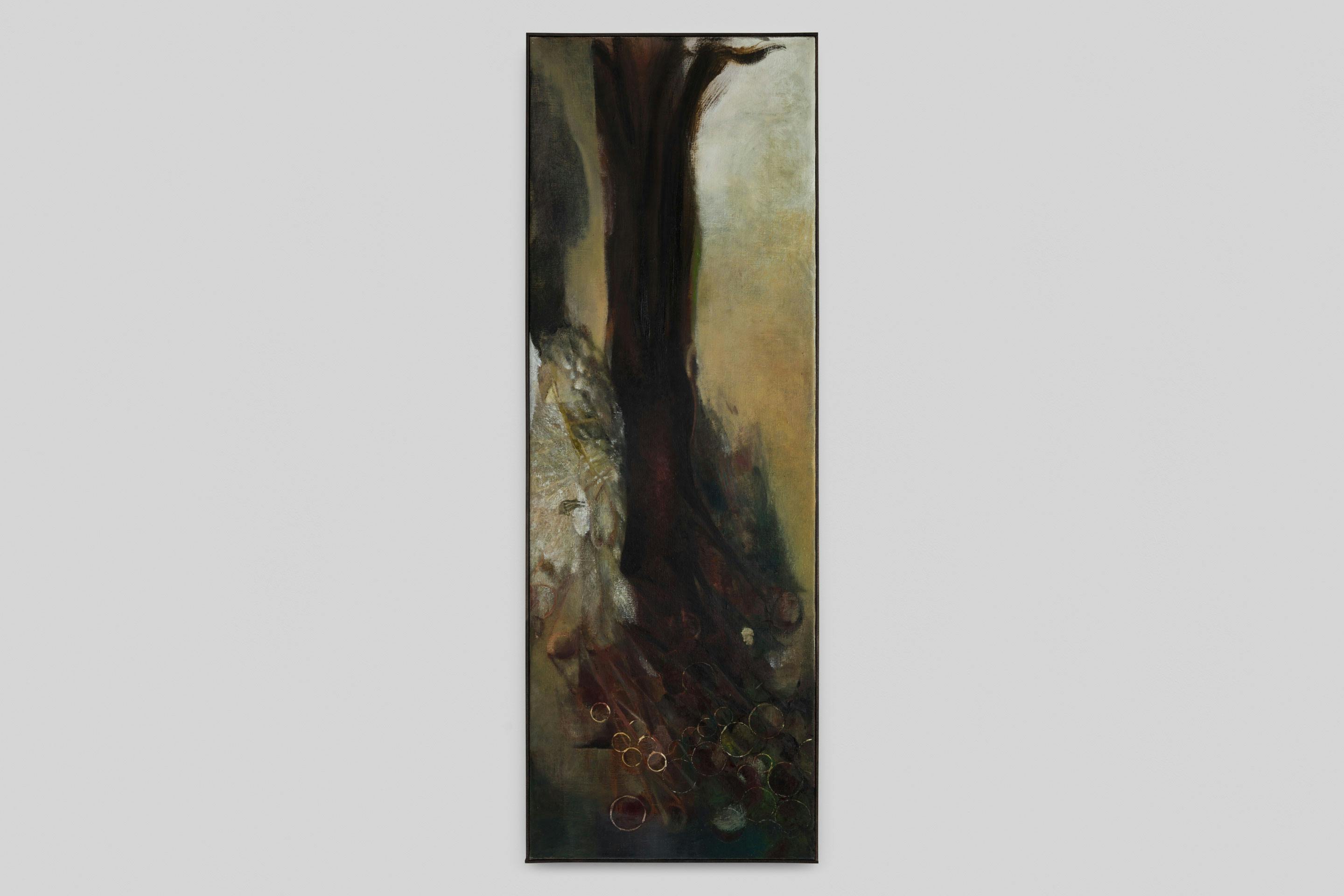
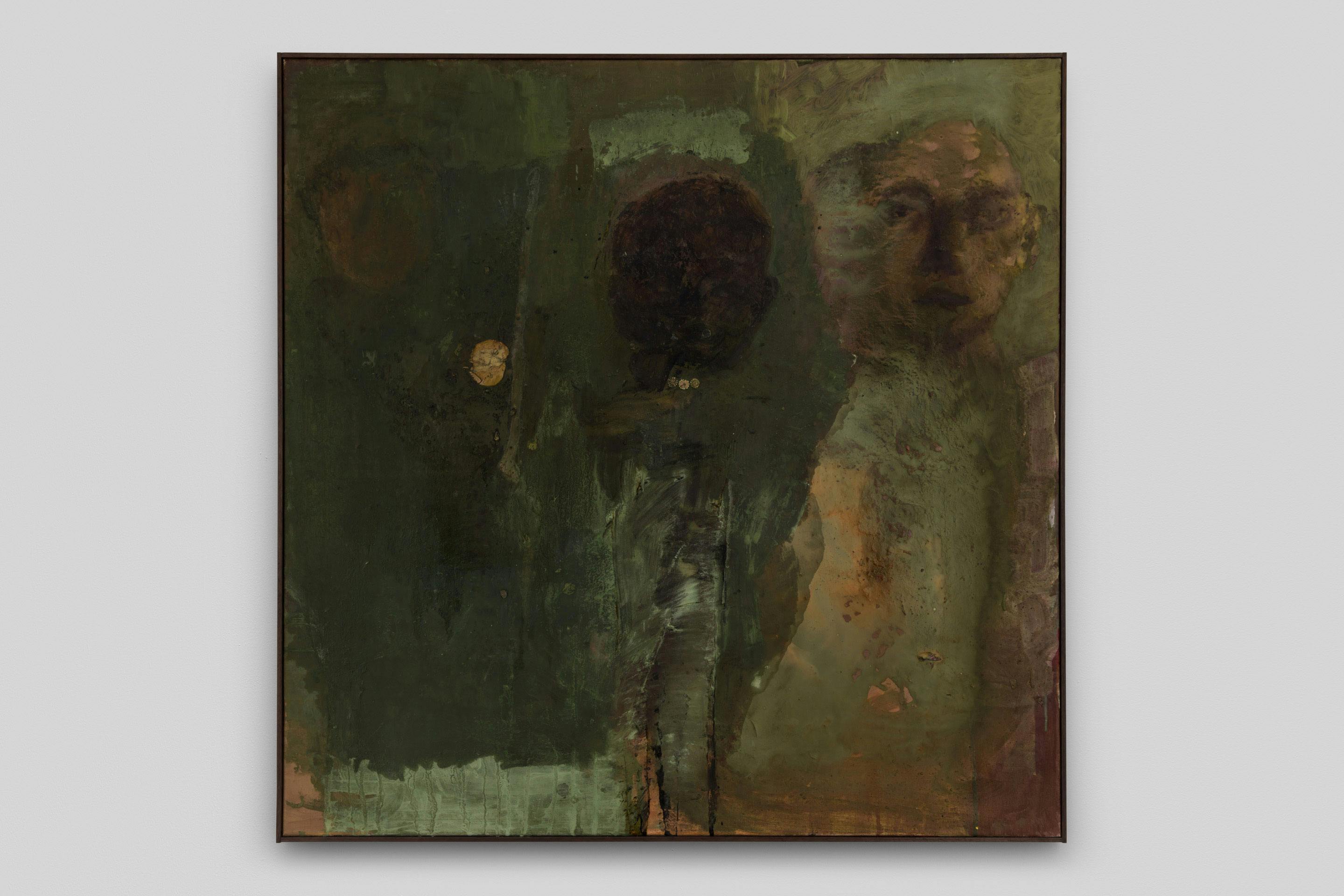
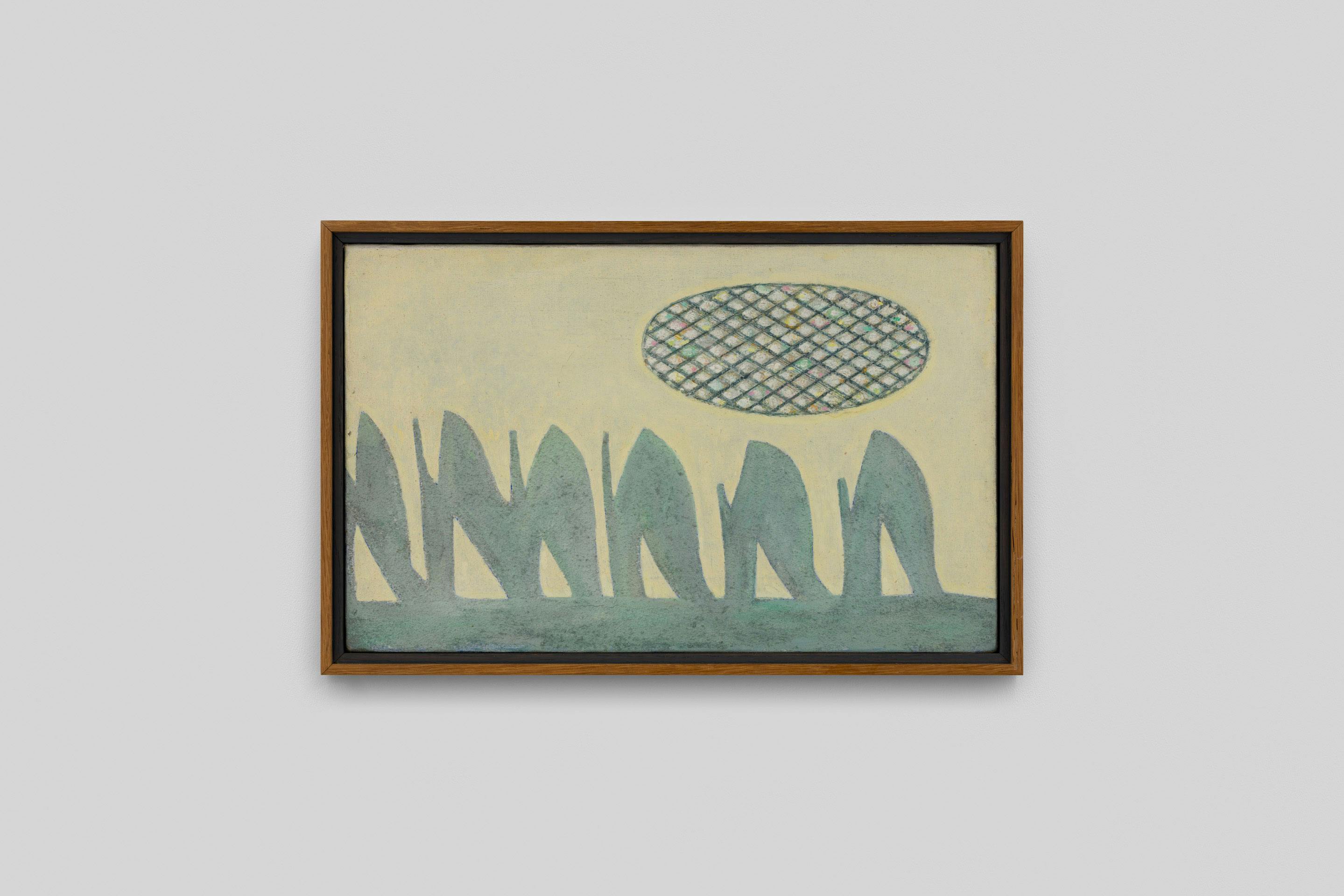
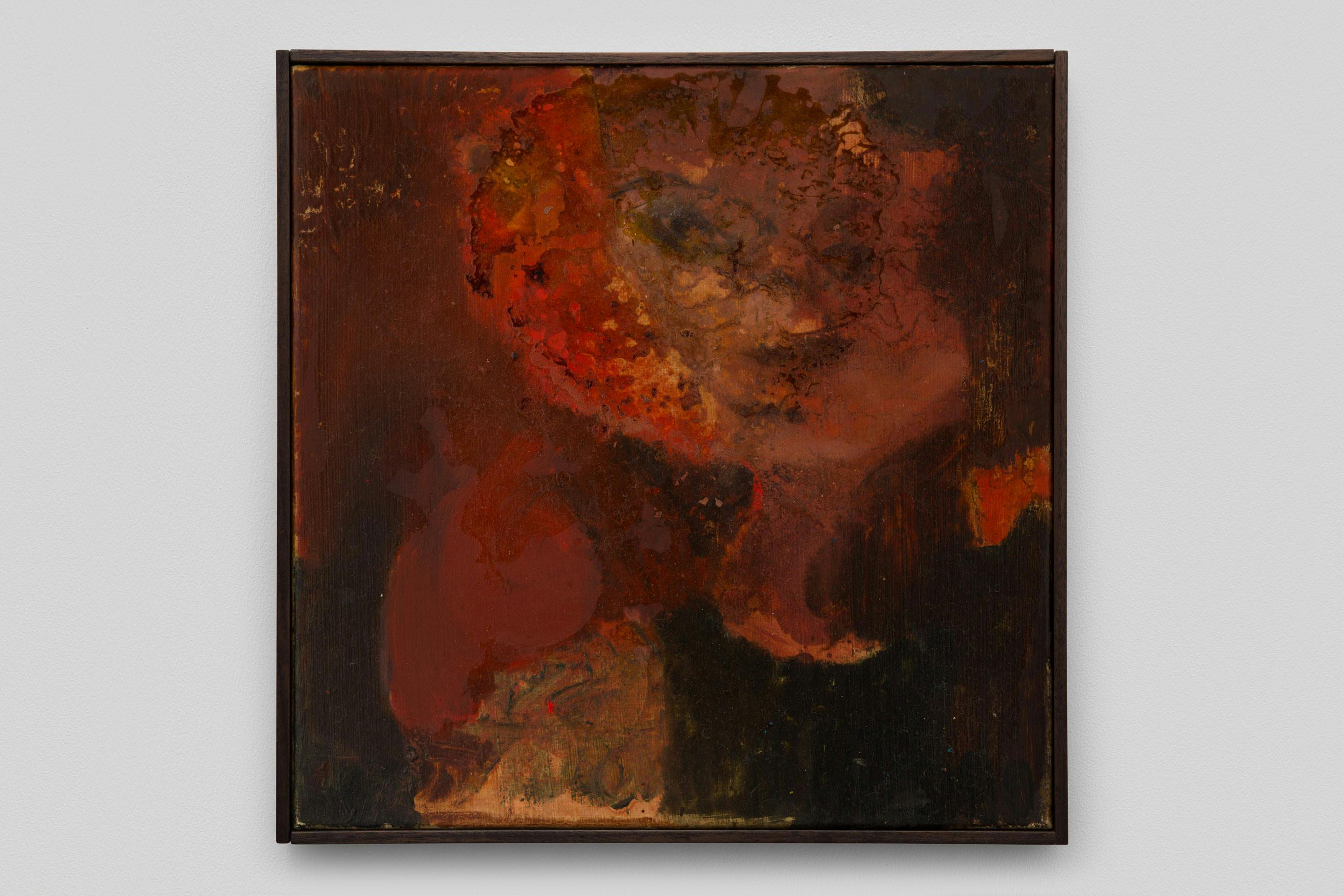
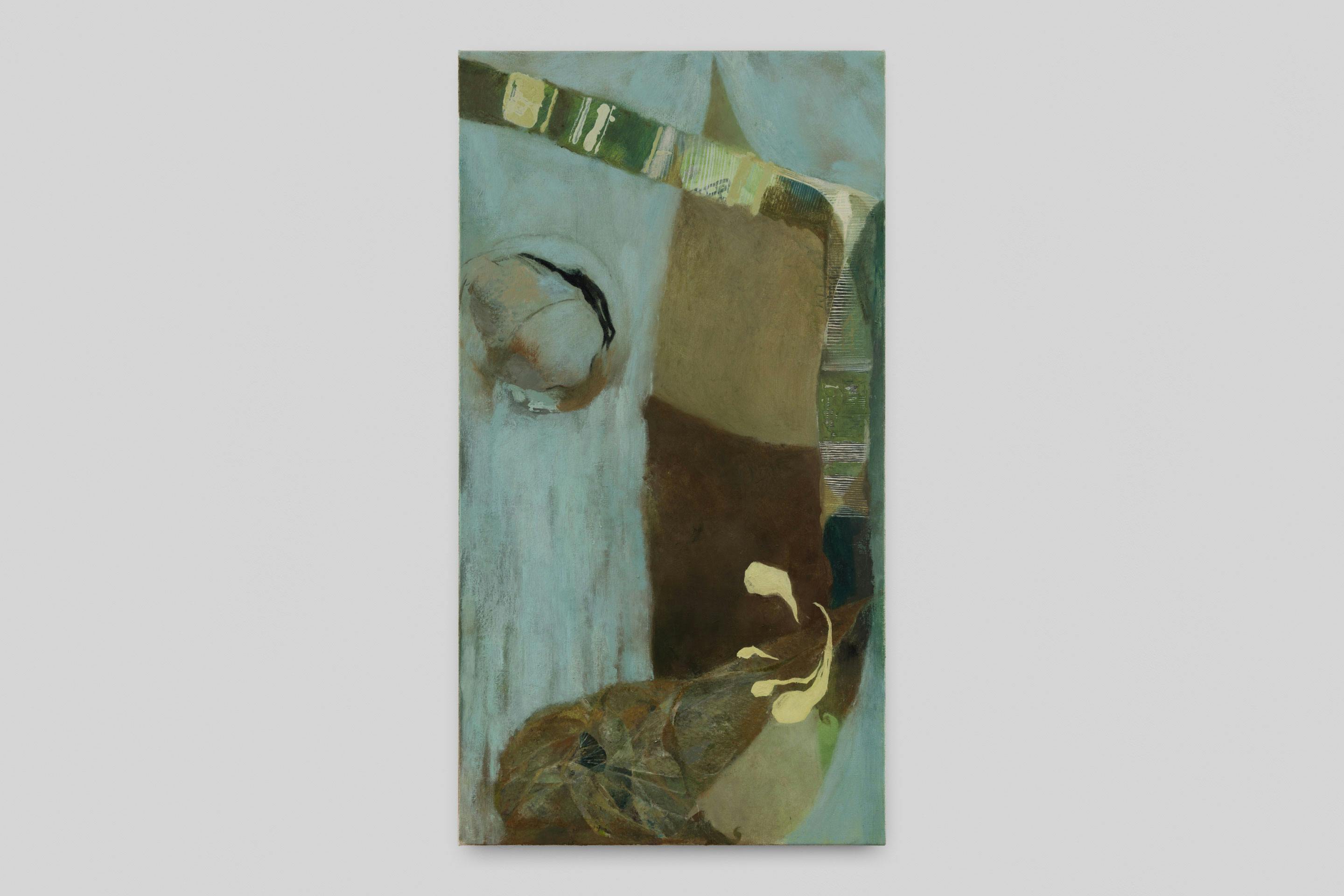
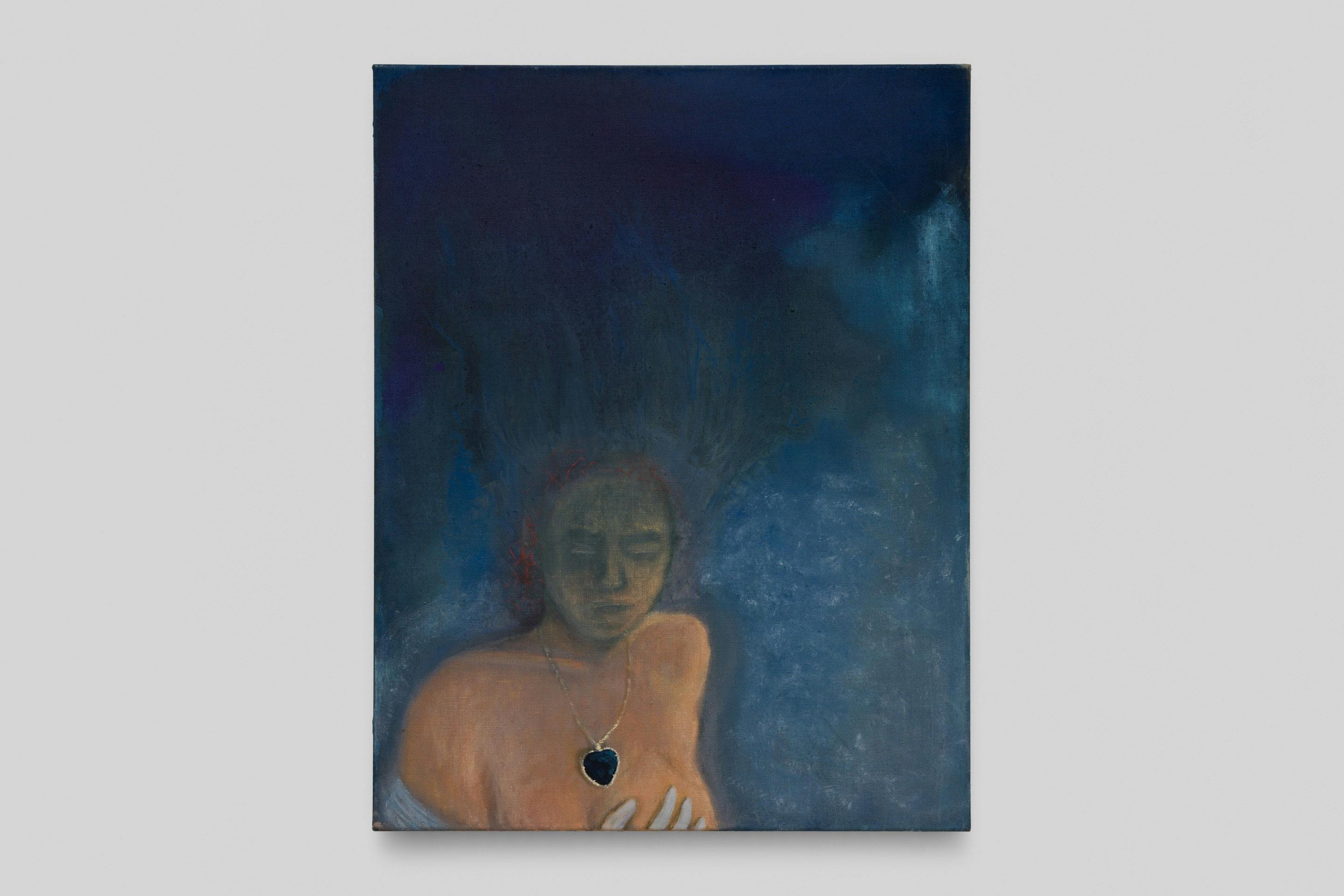
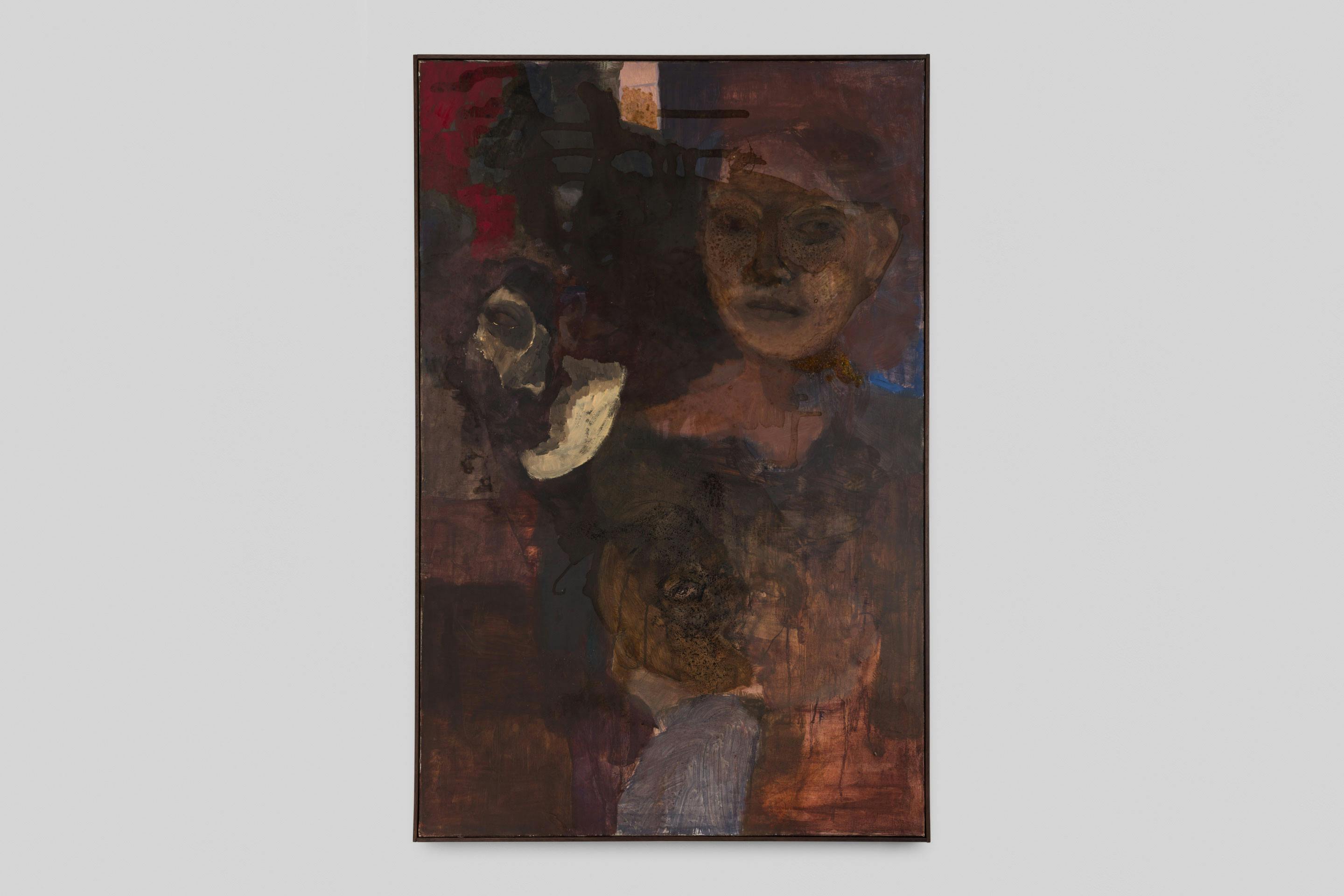
Prunella Clough
(b. 1919, London, UK; d. 1999, London, UK) lived and worked in London. Her work is included in the collections of Deutsche Bank, Yale Center for British Art (Pritzker Gift), Jerwood Collection, Tate, Government Art Collection, British Council, Arts Council, Courtauld, Southbank Centre, Chelsea and Westminster Hospital, 2 Willow Road, National Galleries Scotland, National Museum Wales, Manchester Art Gallery, Leeds Art Gallery, Hatton Gallery, Herbert Art Gallery & Museum, Bristol Museum & Art Gallery, Bolton Museum and Art Gallery, Ipswich Museum, Buxton Museum & Art Gallery, New Walk Museum, Lady Margaret Hall, University of Oxford, Clare College and Kettle’s Yard, University of Cambridge.
Shiwen Wang
(b. 1995, Shanghai, China) lives and works in London. Recent exhibitions include: Lichtung, ADZ, Lisbon (2023), Green Belt, Jargon Projects, Chicago (2022).
Barbara Wesołowska
(b. 1984, Poland) lives and works in London. Recent exhibitions include: Malediction and Prayer, Modern Art, London (2023), A Feeling in Oneself and Voice of Someone Else, Stereo, Warsaw (2023), counter-song, eastcontemporary, Milan (2022), Apple in the Dark, Harkawik, New York (2022), Nothing but murmuring, Imlabor, Tokyo (2021).
Nora Isabelle Zielinski
(b. 1990, Düsseldorf, Germany) lives and works in Berlin and Düsseldorf. Selected exhibitions include: Après moi le déluge, Kunstakademie Düsseldorf, (2023), Es gibt sehr wenig Gesetze, Werkhaus, Berlin Art Week (2022), Project Mayhem, ES365, Düsseldorf (2022).
Publications
Credits
Images courtesy of Brunette Coleman, London. Photography by Jack Elliot Edwards.
